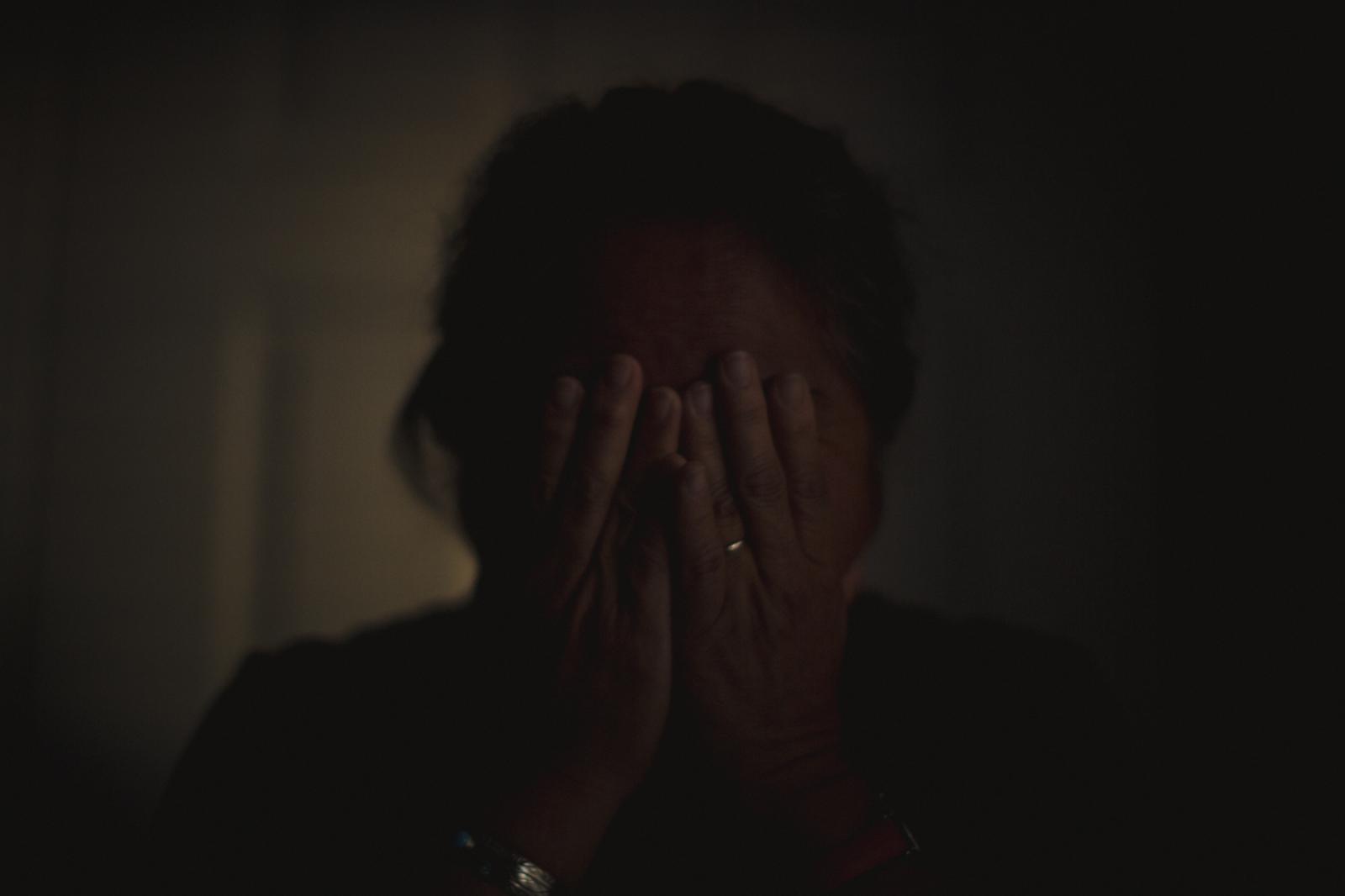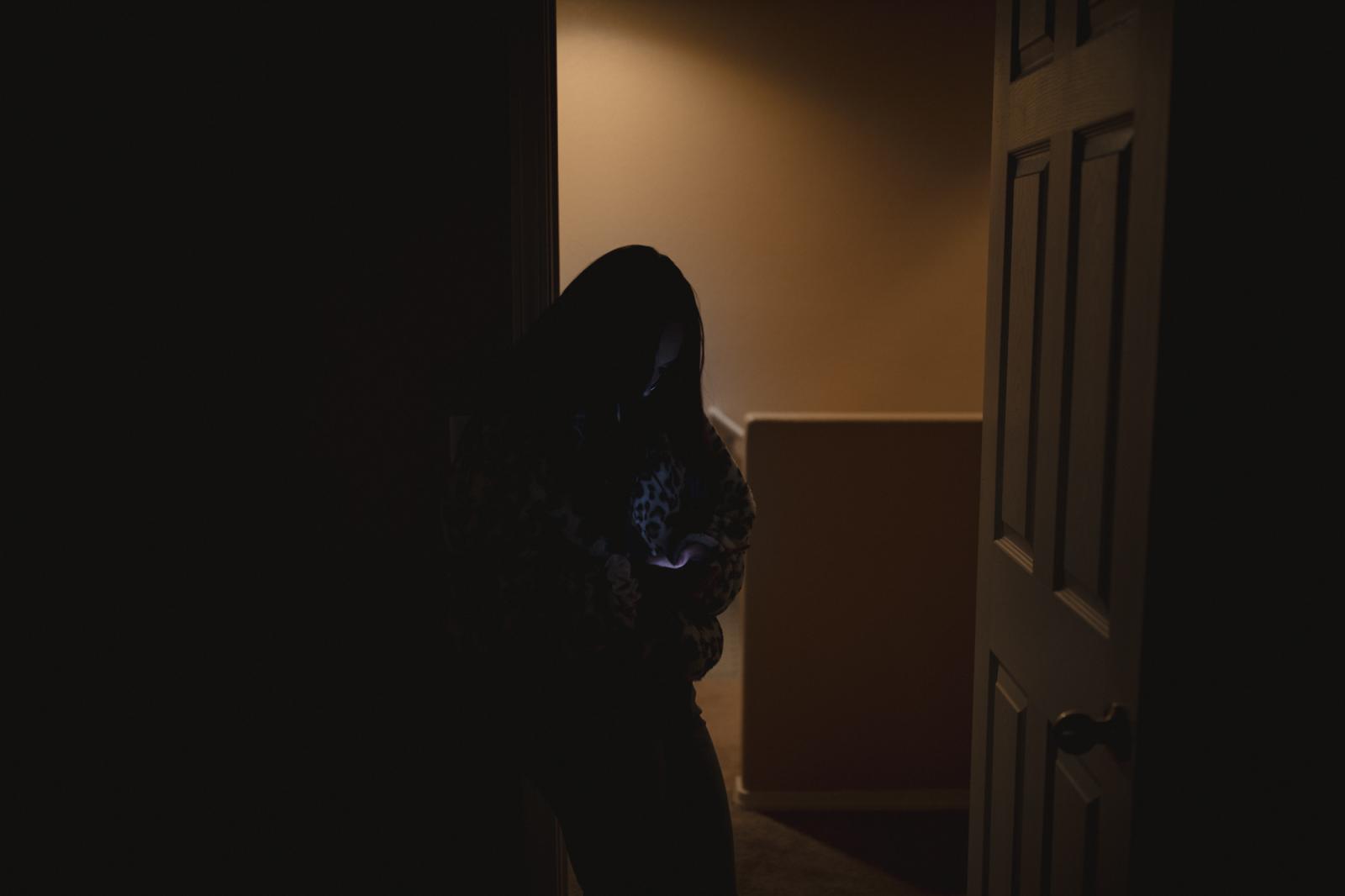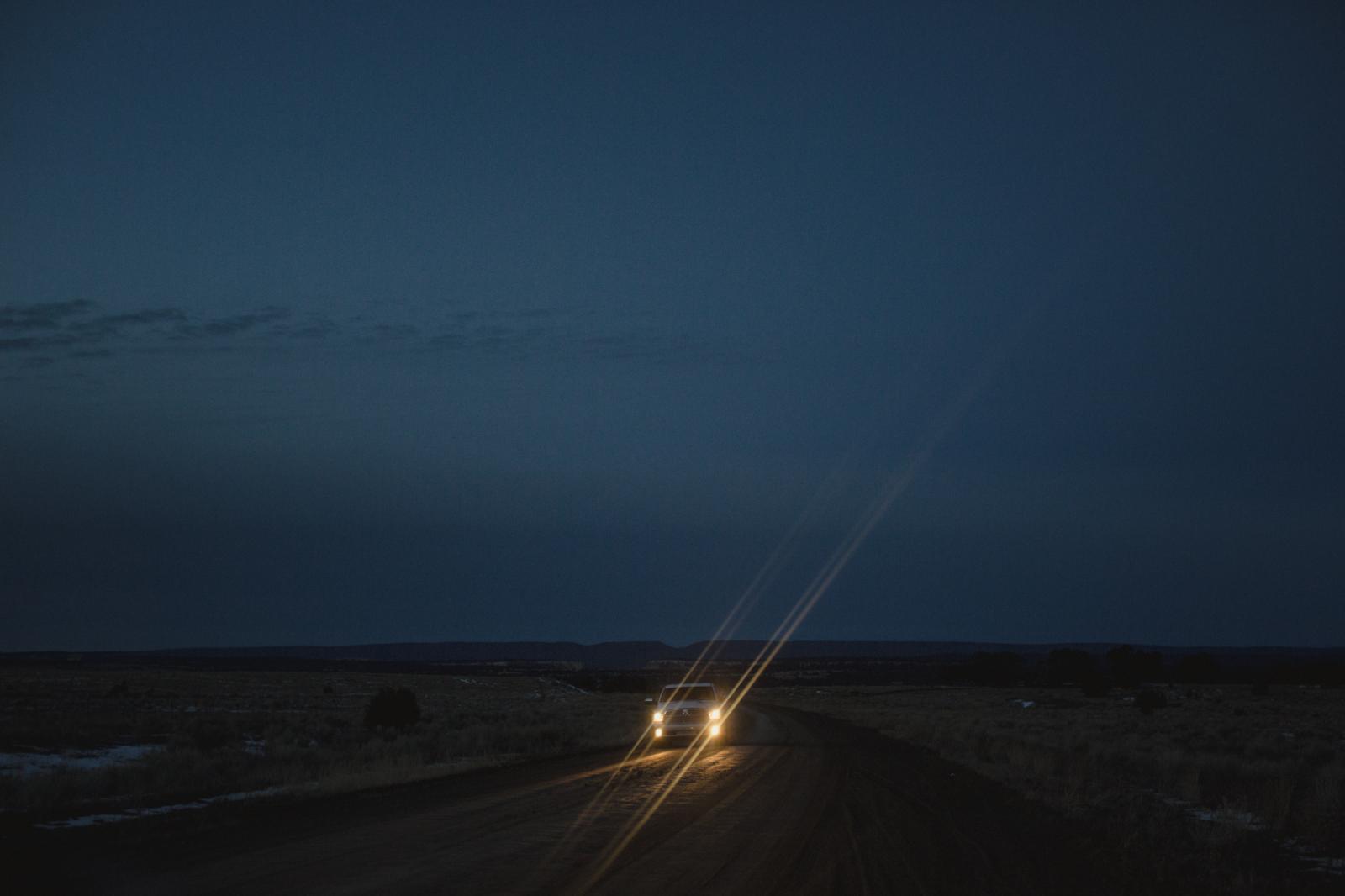Public Story
Nobody Saw Me
Nobody Saw Me
for Searchlight New MexicoFor going on two years, Eva recognized that horrific actions were being forced upon her, but she didn’t have a name for them. She didn’t know she was a part of something larger, something the state and the nation have yet to fully reckon with or measure. She was among the thousands of human trafficking victims targeted and exploited in the United States every year, of whom only 10 percent or so are ever identified. In New Mexico, only 160 cases have been opened since 2016—Eva’s case is among them. While Native Americans make up about 11 percent of the state’s population, they account for nearly a quarter of trafficking victims, according to data compiled from organizations that provide services to trafficking victims.
Indigenous women and girls are the least recognized and least protected population in a state that has long struggled to address the issue. An almost total lack of protocols, mandated training, and coordination between law enforcement systems as well as medical institutions has ensnared victims in cycles of exploitation.
Throughout the two years, Eva showed many of the warning signs of someone who’s been trafficked: She was anxious, depressed, absent-minded, mute, and had little sense of time. She was frequently reported missing, labeled a runaway, appeared malnourished, and was occasionally bruised. Time and again, she was cast aside by the very authorities sworn to protect her. She was given few referrals for care from licensed professionals, who responded to her trauma by dispensing psychotropic medication to her on numerous occasions, while not asking questions or consulting other agencies. When she tried to take her own life, the hands-off responses persisted. Despite dozens of brushes with five law enforcement agencies and seven health care institutions, she was not once questioned or screened for human trafficking.
“I remember you from middle school,” read a message from a man on Facebook that 13-year-old Eva didn’t recognize. They began exchanging messages and explicit photographs until one day she took her mother’s car and drove to him. Their first time together he said he loved her. Eva was elated and felt a sense of refuge in him as she came from a home ravaged with trauma, alcoholism and sexual abuse.
Her grandmother Heidi soon took Eva and her sister into custody after the passing of their mother. The girls revealed at that time that they were victims of sexual abuse at the hands of their father. Eva would take off and go back with “D” as she called him. Heidi would keep a record of all the days she was gone, scrawling the notes down in a calendar to keep track.
Indigenous women and girls are the least recognized and least protected population in a state that has long struggled to address the issue. An almost total lack of protocols, mandated training, and coordination between law enforcement systems as well as medical institutions has ensnared victims in cycles of exploitation.
Throughout the two years, Eva showed many of the warning signs of someone who’s been trafficked: She was anxious, depressed, absent-minded, mute, and had little sense of time. She was frequently reported missing, labeled a runaway, appeared malnourished, and was occasionally bruised. Time and again, she was cast aside by the very authorities sworn to protect her. She was given few referrals for care from licensed professionals, who responded to her trauma by dispensing psychotropic medication to her on numerous occasions, while not asking questions or consulting other agencies. When she tried to take her own life, the hands-off responses persisted. Despite dozens of brushes with five law enforcement agencies and seven health care institutions, she was not once questioned or screened for human trafficking.
“I remember you from middle school,” read a message from a man on Facebook that 13-year-old Eva didn’t recognize. They began exchanging messages and explicit photographs until one day she took her mother’s car and drove to him. Their first time together he said he loved her. Eva was elated and felt a sense of refuge in him as she came from a home ravaged with trauma, alcoholism and sexual abuse.
Her grandmother Heidi soon took Eva and her sister into custody after the passing of their mother. The girls revealed at that time that they were victims of sexual abuse at the hands of their father. Eva would take off and go back with “D” as she called him. Heidi would keep a record of all the days she was gone, scrawling the notes down in a calendar to keep track.
Eva’s experience with D would quickly take a turn as he began to perpetuate the same traumas and worse than what she had already been the victim of. He began soliciting her to other men for profit, subjecting her to more violence, and began threatening her family. Eva was gone and missing on a regular basis. Hedi would call the police, but they would label her a runaway and a troubled teen.
Eva knew she was the victim of forceful actions, but she didn’t have the words to identify it — she was the victim of sex trafficking. With several law enforcement agencies and medical facilities coming into contact with her, she was never screened for sex trafficking. A lack of protocol, mandated training, and lack of communication between healthcare facilities and police agencies leave victims hanging in the whim and stuck in a cyclical perpetuation of violence particularly in rural areas such as Indian country. Native American victims account for nearly a quarter of the sex trafficking cases in New Mexico tough they make up 11% of the population.
“Nobody saw me,” Eva says. “Not until the very end.”













